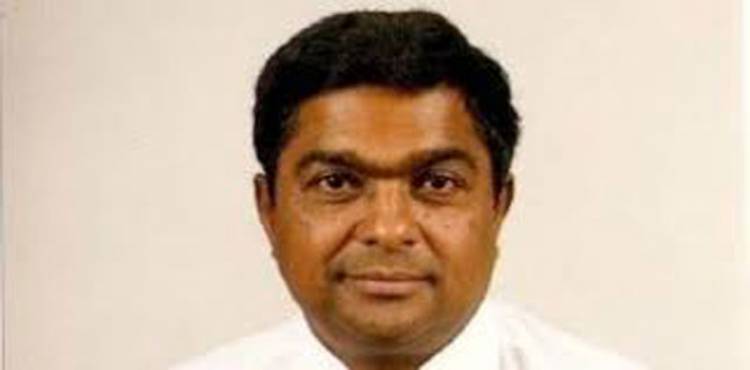The observance of the 175th anniversary of the East Indian presence in Trinidad and Tobago must not proceed unnoticed in May 2020. In just 25 years from now, 2045, the Indian diaspora will be celebrating its bi-centennial anniversary, and this dissertation will give not only the Indian community, but the national landscape its further anchor in this Caribbean multi-racial and multi-cultural society.
And to mark this historic moment, whilst there have been several academic and cultural and ethnic dissertations, I humbly suggest that our indigenous University of Trinidad and Tobago should undertake a serious, independent research on the presence of both the East Indian and African diaspora in Trinidad and Tobago.
We need to update this agenda with new information for this and future generations.
When the Fatel Rozack limped through the Gulf of Paria on Trinidad’s western peninsula on May 30, 1845, on board was a capacity cargo comprising 230 labourers principally from Uttar Pradesh and Bihar. Several other journeys were made. They came. They saw. And they conquered.
The human cargo was a group overflowing with that indomitable spirit of human kindness, creativity and resourcefulness. The East Indian arrival has many meanings, some which were the introduction of new kinds of food, musical instruments, songs, dances, religions and religious literature notably the Ramayana, Gita, the Vedas, the Hanuman Chalisa and the Upanishads. The East Indian presence meant food security, economic growth, monetary and banking system.
The Indian community is stronger for spiritual consciousness, traditions, family structures, holy scriptures, festivals and celebrations of great heroes’ birthdays as Ram Navmi, Lord Krishna Janamashtami, Nau Raatri, Shiva Raatri and Divali. They all enhance and add to the promotion of spirituality.
The Indian diaspora has a very unique and special quality that we follow our cultural pursuits and traditions. With our own values, we are following the rainbow culture of this land with multi-ethnic, multi religious and multi-cultural strength and steadfastness.
A macro view from 1845 to present, we see a journey of some progress in limited spheres of communal and national citizenship.
There is no doubt that Indian Arrival Day is relevant and important because it highlights the continued engagement between India and Trinidad and Tobago. We must focus on the contemporary aspects of our relationship of what is India and Trinidad and Tobago today, and what beckons the future for both countries. Indian Arrival Day also knits with the over 100 countries where over 28 million Indians are domiciled. It is an opportunity to see reflect on how we understand and appreciate each other, individually and collectively.
The Indian community must continue to respect our national institutions of governance, national constitution, laws and other elements of governance. We must do our utmost to adhere and respect the philosophical injunctions of our National Anthem, National Motto and National Flag, for all these are features of the national body politic.
We have to build and rebuild organizations—political, social, cultural, economic and religious—and at regular intervals examine how best these organizations or institutions can work for the total development, enrichment and enlightenment of our national character.
HAPPY INDIAN ARRIVAL DAY MAY 30, 2020
